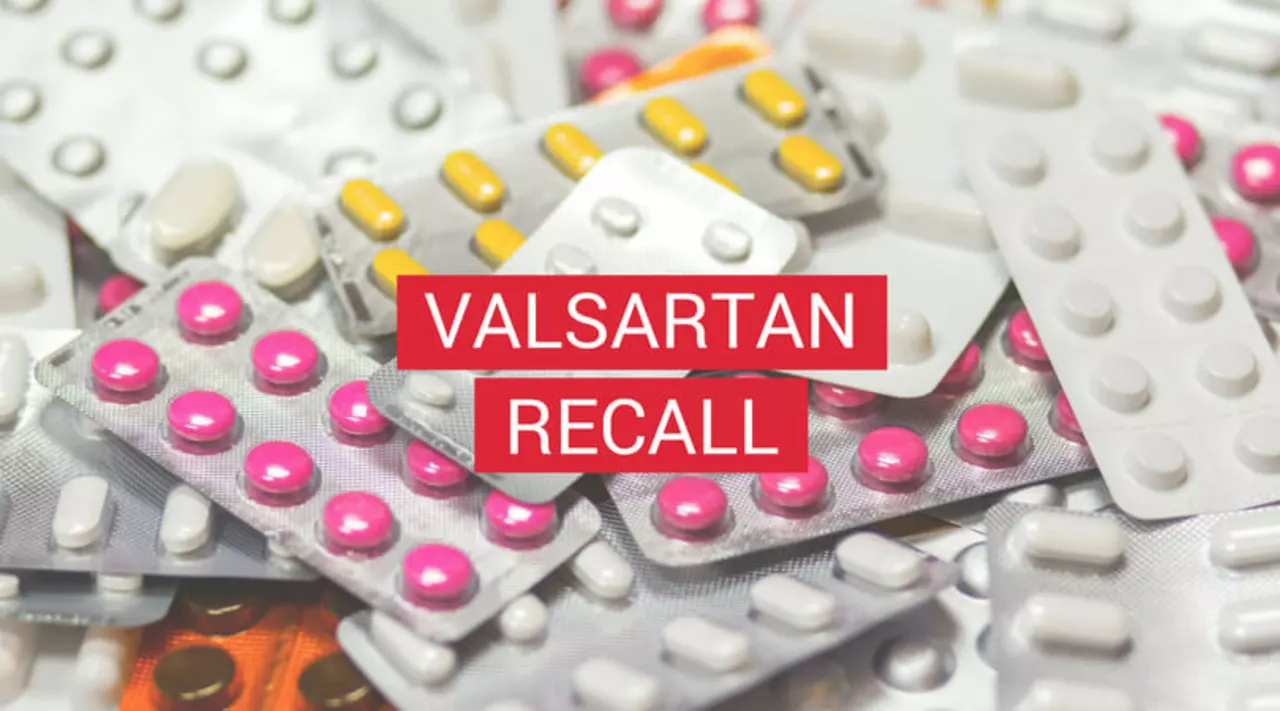Valsartan: What It Treats and How to Use It Safely
Valsartan is a prescription drug used mainly for high blood pressure, heart failure, and to help the heart after certain heart attacks. It’s an angiotensin II receptor blocker (ARB). In plain terms, it relaxes blood vessels so your heart doesn’t have to work as hard and your blood pressure drops.
How doctors use it
For high blood pressure, adults often start at 80–160 mg once daily. Many people end up on 80–320 mg a day depending on response. For heart failure, doctors usually start lower and use twice-daily dosing, with common target doses up to 160 mg twice daily. After a heart attack, treatment starts low and ramps up while your team watches blood pressure and labs. Your exact dose will depend on your condition, other medicines, and kidney tests.
Side effects, interactions, and safety tips
Common side effects are dizziness, tiredness, and stomach upset. Valsartan can raise potassium and affect kidney function, so doctors check blood tests soon after starting or changing the dose. Serious reactions are rare but include severe swelling of the face or throat (angioedema), fainting from low blood pressure, or major kidney problems. If you notice sudden swelling, trouble breathing, or fainting, get emergency care.
Watch out for interactions: don’t use potassium supplements or salt substitutes with potassium unless your doctor approves. NSAIDs like ibuprofen or naproxen can reduce valsartan’s effect and raise the risk of kidney damage, especially if you’re dehydrated or already have kidney issues. Combining valsartan with an ACE inhibitor usually isn’t recommended because it ups the risk of low blood pressure, high potassium, and kidney problems. Tell your provider about lithium — valsartan can change lithium levels and may need extra monitoring.
Pregnancy: stop valsartan if you become pregnant and call your doctor. ARBs can harm an unborn baby. Talk with your clinician about safer blood-pressure options during pregnancy and while breastfeeding.
Practical daily tips: take valsartan at the same time each day, with or without food. If you feel lightheaded when standing, stand up slowly. Don’t stop suddenly — quitting can spike your blood pressure and stress your heart. If you miss a dose, take it as soon as you remember unless it’s nearly time for the next dose; don’t double up.
Monitoring: expect follow-up visits with blood pressure checks and lab tests (creatinine, potassium) within a few weeks of starting or after dose changes. Keep a log of home blood pressure readings to share with your provider.
If you want clear advice or options to fill a prescription, CanadaPharmacyDepot.com offers guides and customer support to help you understand valsartan and find trusted suppliers. Always check with your doctor before changing doses or combining medications.
The benefits of Valsartan for managing high blood pressure
As someone who has been researching high blood pressure management, I've discovered that Valsartan can be a game changer for many people. This medication not only helps in lowering blood pressure, but it also reduces the risk of heart attacks and strokes. Additionally, Valsartan offers fewer side effects compared to other blood pressure medications, making it a more tolerable option for many patients. I am excited to share this information with you, as it has the potential to improve the quality of life for those struggling with high blood pressure. So, if you or someone you know is dealing with this condition, be sure to discuss Valsartan with your healthcare provider!
More
